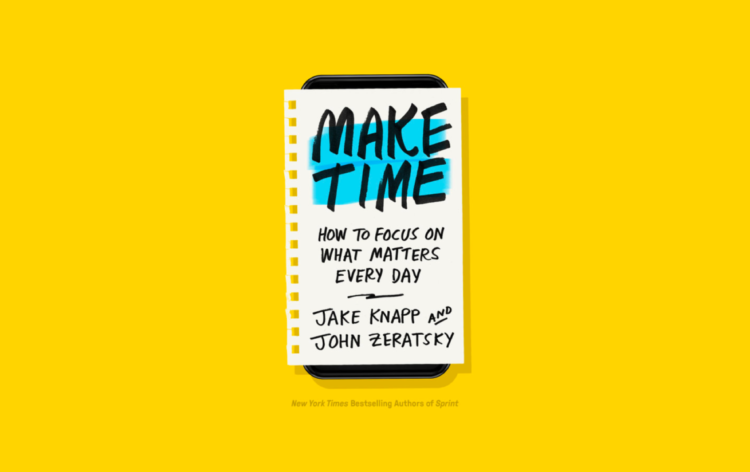Rating: Read It
(From: Buy It and Keep it, Read It, One Time Skim, Avoid)
For years McKinsey has been the most admired and sought-after consulting firm in the world. Even when I was back on campus, roles at McKinsey were among the most desired among the students — not only because of the money but the promise of learning across industry, working and mingling with the elite of the business world and joining an elite list of McKinsey alumni which include some of the most prominent business minds and entrepreneurs in the world.
As someone whose learning has mostly come in the rough and tumble world of startups, I thought it would be good to look at a book that promised to share a more structured way to look at business problems that worked across industries and organizations. While the book is now a little dated, and a lot of the content is not likely to be a revelation, it does try to put some structure around looking at problems.
In a lot of ways, it is also the opposite of what we do as a venture capitalist. As a consultant, you basically need to have an outlook that is fundamentally skeptical — as a VC (if you really want to invest in early-stage startups) you need to have an outlook that is fundamentally optimistic.
Be as it may, I found that a lot of the knowledge in the book could be used in our portfolio companies as well to an extent in evaluating investment opportunities that came our way. While it would not be very useful to go into all the structures and techniques discussed in the book (if you’re interested you’re better of reading the book — and this review should help you understand if you are interested), sharing my major takeaways:
- The first step to solving a problem is to get the optimal amount of data about the problem or situation. When you are dealing with an area where you may not be an expert (for example you may not as much about the company and its product as an investor as the founders themselves) it helps you replace your gut instinct and build credibility. It is also helpful to structure the problem to be MECE (“mutually exclusive, collectively exhaustive”) which ensures maximum clarity and maximum completeness
- Another good way to start a problem-solving process is to have an initial hypothesis once you’ve had a look at the data. This is not your final solution since you have not yet done a very in-depth and structured analysis. It is merely a theory to be proved and not the answer. Even if it turns out to be wrong then by proving it wrong you will have enough information to move towards the right answer. By putting your initial hypothesis down on paper and determining how you can prove or disprove it, you have set up a roadmap that you can follow to an eventually proved solution
- Make sure you’re working on the right problem. Clients were often no better at diagnosing themselves than a doctor’s patients
- Solving a problem can be a fine line between:
Not reinventing the wheel: A small number of problem-solving techniques can help you answer a broad range of questions. This knowledge should be built into the organization and your problem-solving approach
No taking a cookie-cutter approach: You have to validate your initial hypothesis (or your gut) with fact-based analysis. This will put you in a much better position to get your ideas accepted. Be careful about blindly trusting your gut. Even though your initial instinct may be — and probably is — right, take enough time to verify your gut with facts. Know the organization’s strengths, weaknesses, and capabilities — what the management can and cannot do. Tailor the solution with these factors in mind
- Make your boss look good: If you make your boss look good, your boss will make you look good. That’s the quid pro quo of hierarchy. This means two things
Firstly, it means doing your job to the best of your ability
Second, make sure your boss knows everything you know when she needs to know it. Keep the information flowing
- In any organization who you get as a mentor is quite often a matter of luck. Given that a good mentor can make or break a career, if you want to make sure you get a good one, go out and get it yourself
The book is more of a look back than a look forward. The author looks back at techniques that have worked for some time (and in essence spawned an industry) but increasingly people are asking if they are still relevant for the future. In fact, increasingly people are asking if the current management consulting firms are relevant for the future (CB Insights take a hilarious potshot at them HERE).
An industry that only came to existence in the 1960s and is now worth $250 billion dollars, is increasingly vulnerable to disruption. Former Boston Consulting Group consultant Clayton Christensen first used the words “disruptive innovation” in 1995. The industries that have proven the most vulnerable to disruption have been those with: (a) One or a few major players, (b) Relatively outdated business practices, and (c )slow technology adoption. Ironically, the same industry that once defined the term disruption, now ails from all three.
However, as Michael Porter pointed out, “The underlying principles of strategy are enduring, regardless of technology or the pace of change.” And there is just enough of them here to keep you interested.




